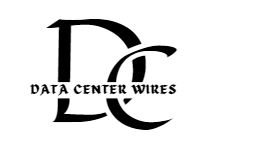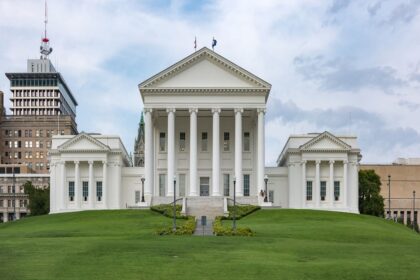A new bill introduced in Montana’s Senate seeks to raise property taxes on data center facilities in the state. Senate Bill 32 (SB32), proposed by Senator Jeremy Trebas, aims to increase the tax rate on qualified data center property from 0.9% to 1.5% of its market value.
Proposed Tax Rate Increase: From 0.9% to 1.5%
Under the new proposal, data centers in Montana would face a higher property tax burden. The current tax rate for qualified data center properties stands at 0.9%, but SB32 suggests increasing this to 1.5%. If the bill is enacted, this change will take effect for property tax years starting after December 31, 2025.
The bill was introduced in December 2024 and received its first reading on January 8, 2025. It now progresses through the legislative process, with potential implications for data center operators in the state.
What Does This Mean for Montana’s Data Centers?
Montana’s data center market, though still relatively small compared to other regions in the U.S., is poised for growth. Currently, seven organizations operate nine data centers across the state, with major players like iConnect Montana, Parsec Data Management, and Advanced Communications Technology among them. These centers are primarily located in Billings, Missoula, and Great Falls.
While Montana’s data center infrastructure remains limited, the state’s unique advantages—such as its cool, dry climate and low risk of natural disasters—make it an attractive destination for new developments. The proposed tax increase could influence investment decisions, particularly as the market continues to expand.
Data Centers in Montana: A Growing Market with Potential
Despite the relatively small size of Montana’s data center sector, the state offers several attractive features for operators. Its location between major U.S. data center regions and access to affordable land make it an appealing choice for future development. Furthermore, Montana’s power supply is expected to be increasingly reliable, with Northwestern Energy signing agreements to supply substantial energy to data centers in the state.
Montana’s Cryptomining Sector
In addition to traditional data center development, Montana has also attracted attention from the cryptomining industry. In August 2023, Sentinum broke ground on a 20MW cryptomining facility in the state. This, alongside other cryptomining initiatives, underscores the growing demand for data center space in Montana, especially as global demand for computational power continues to rise.
Energy Supply Agreements to Support Data Center Growth
As the demand for data centers increases, energy supply has become a critical issue. Northwestern Energy has signed several agreements to support new data center developments in Montana. These include a 75MW deal with Atlas Power for its flagship data center in Butte, as well as a 50MW agreement with another data center operator, which remains undisclosed.
Key Takeaways: What’s Next for Montana’s Data Center Market?
The proposed tax increase under SB32 has the potential to impact data center operators in Montana, particularly as the state’s market evolves. While the tax hike would raise operational costs for data centers, the state’s favorable climate, affordable land, and growing energy infrastructure continue to position it as a viable destination for new facilities.
FAQ Section
1. What is Senate Bill 32 (SB32) in Montana?
SB32 is a proposed bill that seeks to raise the property tax rate on qualified data center properties in Montana from 0.9% to 1.5%. If passed, this would apply to property tax years starting after December 31, 2025.
2. How will the tax increase impact data centers in Montana?
The proposed increase in property tax rates could raise operational costs for data centers, potentially affecting investment decisions and long-term profitability for operators in the state.
3. What makes Montana an attractive location for data centers?
Montana offers several advantages for data center development, including a cool, dry climate, low risk of natural disasters, affordable land, and proximity to major data center regions in the U.S.
4. How many data centers are in Montana?
Currently, seven organizations operate nine data centers in Montana, with major facilities located in Billings, Missoula, and Great Falls.
5. What energy agreements are in place to support data centers in Montana?
Northwestern Energy has signed several agreements to supply power to data center operators, including a 75MW agreement with Atlas Power and a 50MW deal with another unnamed operator. These agreements are crucial for supporting Montana’s growing data center market.



















